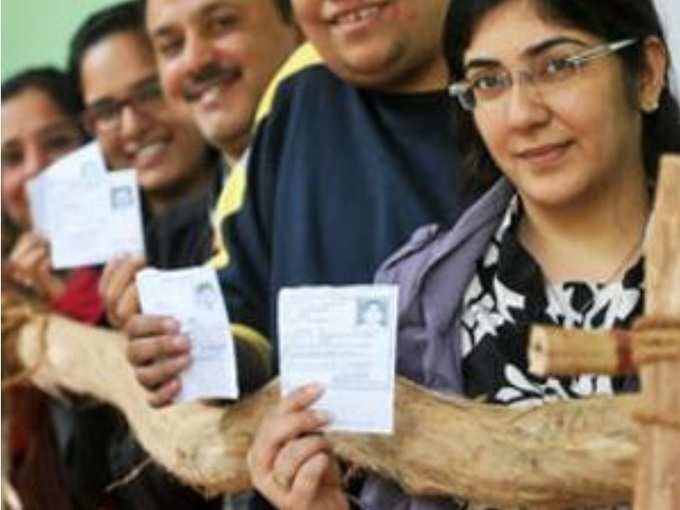
After Lok Sabha elections earlier this year, now it’s time for Assembly election. Maharashtra and Haryana go for polls tomorrow (October 15). The stakes are high for all the political parties involved;
BJP,
Congress,
NCP,
Shiv Sena, Maharashtra Navnirman Sena (MNS) and Indian National Lok Dal (INLD). And as is the case with polls, we all keep predicting who the winner would be. Let’s take a look at major predictions and see who’d win the game this time.
Nobody seems to be a clear winner in these elections. According to Aaj Tak’s
exit poll, BJP would emerge as the single-largest party in Maharashtra, but would fall way behind the magic figure of 145. Out of 288 seats, it has predicted 93 to BJP, 59 to Shiv Sena, 47 to NCP, 40 to Congress and 27 to MNS. In such a scenario, only an alliance would come to power, but at this stage political pundits can’t even guess who would form the alliance and with whom? In Haryana Assembly too, BJP is expected to win more seats but not clear majority. Aaj Tak exit poll predictions suggest that BJP would be the single-largest party with 33 seats out of 90, followed by INLD (28 seats) and Congress (16 seats). Current Chief Minister Bhupinder Singh Hooda is still popular among the voters as 17% people voted him as “the best candidate to become chief minister.” But this is highly unlikely as his Congress party is projected to win merely 16 seats.
According to another poll conducted by ABP News, BJP and its allies would win 120 seats in Maharashtra, falling short of forming the government by 25 seats. It would need Shiv Sena’s help in such a scenario. The poll gave 67 seats to Shiv Sena, 46 to Congress and 36 to NCP. As far as Haryana is concerned, the ABP survey has forecast 36 seats to BJP, 33 to INLD and 15 to the ruling Congress.
If these predictions come true, both Maharashtra and Haryana will have hung Assemblies and coalition politics will be the only way out. But the bigger question is: after bitter divorces, will patch-up really happen? We definitely can’t rule out the possibilities, as we have previously seen many examples of chameleonic politics in India.
